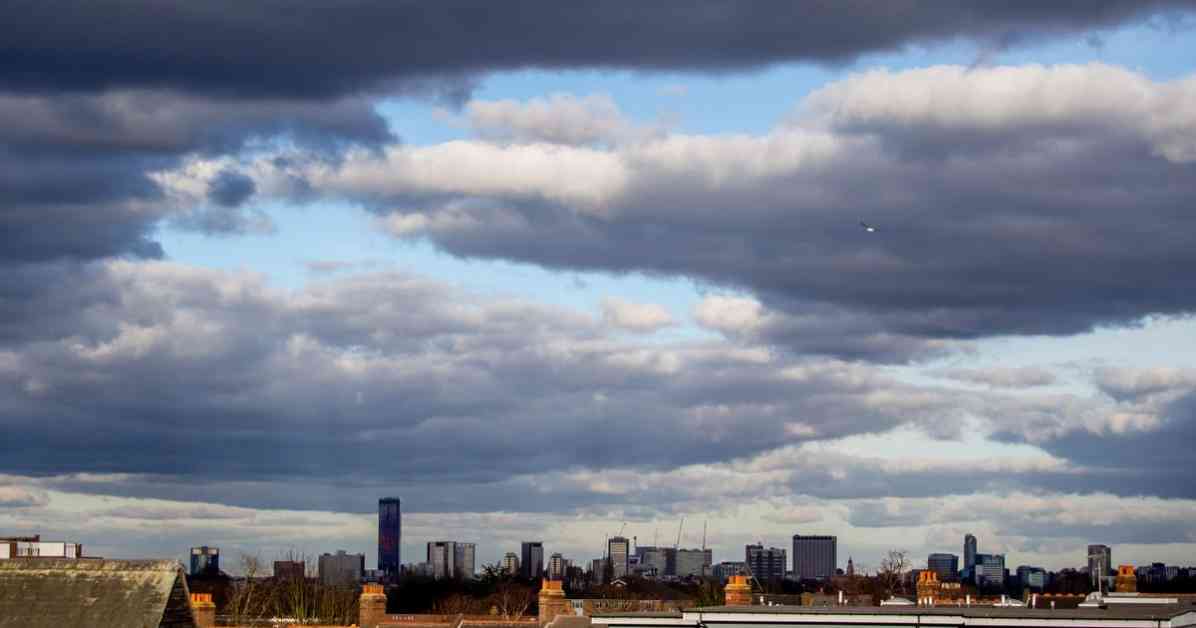During the Second World War, Croydon was heavily impacted by bombing raids, with more than 1,300 bombs dropped on the area during the Blitz. The Luftwaffe targeted key areas such as Kenley, West Coulsdon, and Upper Norwood, resulting in significant destruction and loss of life. One of the deadliest attacks occurred on May 10, 1941, when the bus station on Brighton Road was hit, causing a fire that killed seven men.
Historian Berwick Sayers documented the events of that tragic night in his book “Croydon during the Second World War”, highlighting the bravery of individuals who risked their lives to rescue others. The bombing raids not only impacted Croydon but also other parts of London, with casualties reported across the city.
Residents like Neville Matthews, who lived in Croydon during the war, shared their memories of the terrifying experience. Matthews recalled the sound of doodlebugs approaching and the constant fear of unexpected explosions. Despite the danger, many children like Matthews accepted the reality of living through such perilous times.
The Layers of London map provides a visual representation of where bombs fell on Croydon streets during the war, allowing residents to understand the extent of the destruction in their neighborhoods. This interactive map offers a unique perspective on the historical events that shaped the local community and serves as a reminder of the resilience and courage displayed during wartime.
The impact of the Second World War on Croydon is a significant part of the town’s history, with stories of survival and sacrifice passed down through generations. The memories of those who lived through the Blitz serve as a reminder of the enduring spirit of the community in the face of adversity. By exploring these historical events, residents can gain a deeper appreciation for the challenges faced by previous generations and the importance of remembrance in preserving the past for future generations.












